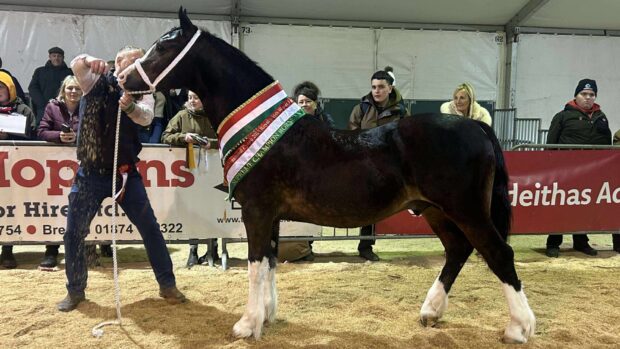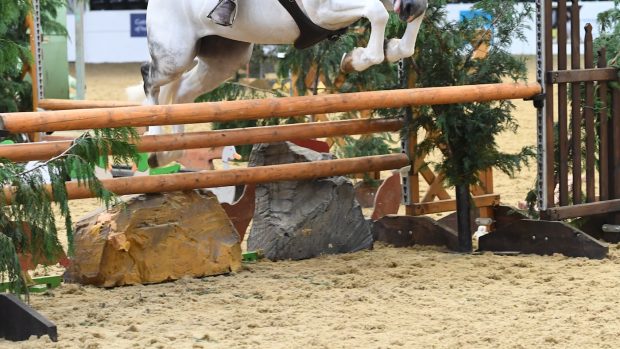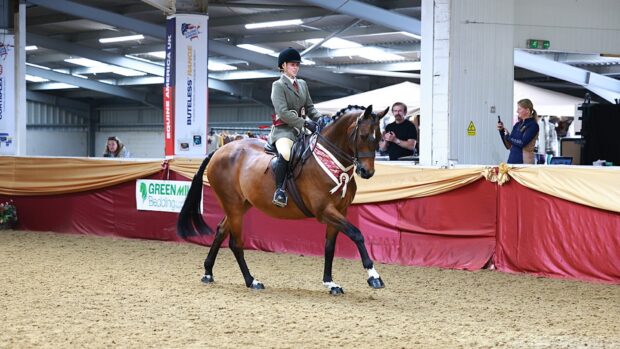Expert advice on how to improve a long-backed pony’s appearance for the showring
Q. My daughter’s Welsh section A has a fabulous front but is a little long in the back and lacks muscle behind the saddle. How can we improve her highquarters in the long term and do you have any short-term tips on how to make her appear better put together than she actually is?
Patricia Hardcastle answers: A pony with along back will normally appear short in the neck so both problems need to be disguised.
Although judges abhor excessive trimming of registered Mountain and Moorland ponies, careful tidying is acceptable for Welsh breeds and will help improveyour pony’s appearance.
A long thick mane will always make a neck look short. Pull and thin the mane to around 5 inches in length to make the neck appear longer and balance the overall picture.
The mane should be of equal lengthfrom ears to wither with little or preferably no hair trimmed at either end. A pony with a high head carriage will look better with a 6-7 inch mane, so watch your pony ridden before you start pulling.
Placing the saddle further back than normal will help hide a long back, but be careful that the saddle still fits the pony comfortably in this position – you don’t want your daughter bucked off!
Alternatively choose a slightly larger saddle with a numnah which protrudes a couple of centimetres around the edge to “take up” some of the back’s length. The numnah must match the saddle as closely as possible.
A long full tail can also hide or enhance a multitude of sins, while a tail that is set on too low will make the back look longer than it is. Careful back combing of a newly washed tail can make it appear to start sooner than it does.
A short banged tail places greater emphasis on the hock, cannon bone and movement – only do thisif your pony has excellent conformation.
Long-term improvements
A lack of muscle is common in young, unfit and aged equines alike. Improving muscle tone in the back and hindquarters can be achieved with a combination of food and exercise.
When assessing the problem, start at the bottom of the hindleg and work your way up and forward. Decide which areas are lacking and if it is due to age, weight or fitness.
Condition can be added through a careful non-heating feeding regime combined with exercise to tone the muscles without working off any weight. If you are uncertain about how to go about this, take professional advice from your vet or a feed company’s advice lines.
If the pony is carrying too much weight that increase the amount of sensible exercise to turn any flab into toned muscle. As with all “body building” there are no overnight cures and steady work is the best way forward.
- Hillwalking helps build up lower thigh
- Banging or strapping aids buttock build up
- Lunging at active walk and steady trot in side reins will encourage the pony to work all his muscles including those on his back
- Uncontrolled exercise is useless in improving appearance.
Read more top turnout tips:



